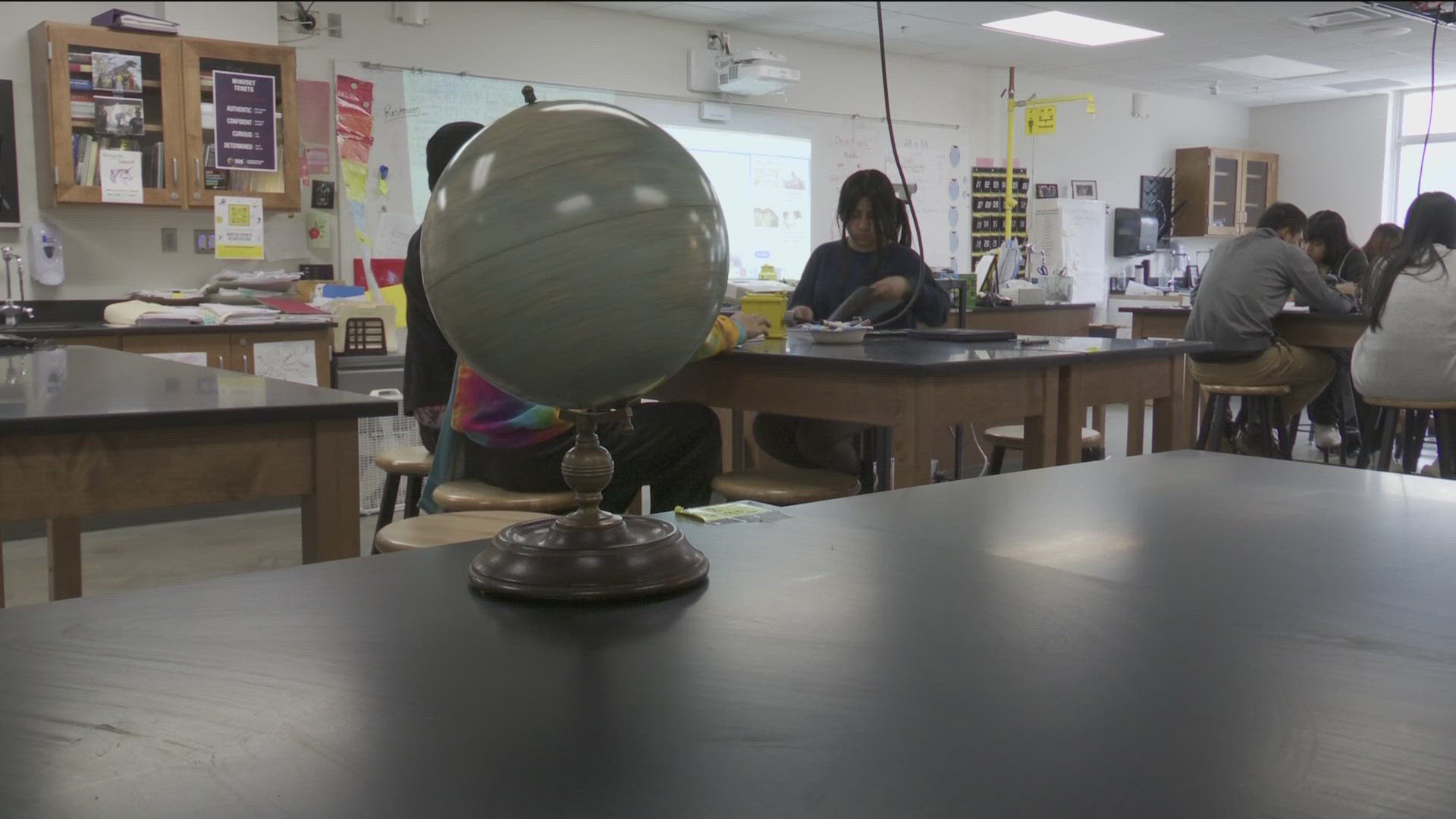MINNEAPOLIS – What started as a fight for the Wetterling family to get their child back, has turned into a battle for a better world.
"There's a big part of me that was fighting for – always fighting for Jacob. We're also fighting for the world Jacob believed in," Patty Wetterling told KARE 11 about their efforts to prevent child abuse.
And in that war, the Wetterlings have a trusted ally: one that understands their hurt all too well.
"Being sixth grade and having the kid who sits with you in math class suddenly gone, my brain couldn't handle that when I was 11, and it still can't," said Alison Feigh, who was a classmate of Jacob Wetterling.
Feigh remembers well how the abduction of 11-year-old Jacob Wetterling on Oct. 22, 1989 transformed the entire town of St. Joseph.
"There's a cloud over the city," she recalled.
And so Feigh has dedicated her career to keep the skies clear over other cities, by working as a program manager at the Jacob Wetterling Resource Center.
"We believe at the Jacob Wetterling Resource Center, that it's a kid's job to be a kid. It's the grownups' job to keep them safe," Feigh said at a recent presentation to parents.
Feigh delivers speeches to groups several times a week, believing that education can help protect children from adults who intend to harm them.
And her advice for parents, explained in detail at the Jacob Wetterling Resource Center's website, is simple and can be broken down into five steps:
1. Make sure each child has five adults they can trust.
"If they have five people in their life who will say, 'I love you, unconditionally, and I'm here for you, unconditionally,' when that person swoops in with, 'I will love you if…' the red flag starts to go up a bit faster," Feigh said.
The number also allows a child to turn to multiple adults if the first trusted person doesn't know how to handle the situation – or if one of the five happens to be the adult stepping over the line.
2. 'Check first' with a parent or caregiver before agreeing to do anything with anyone – whether going into a house or vehicle, changing plans or accepting a gift.
"It's not about do you know the person or not, the question is, 'Is this person trying to get you to break your rules?''" Feigh said.
3. Trust your gut.
"Is this person trying to get me to break my safety rules? Is this person giving me an uh-oh feeling?" Feigh said, adding that if a child does get that feeling, they need to know they can say "no."
4. Open Communication. NO Secrets.
Feigh recommends telling your children the following: "You know if someone ever does something to break your rules, it's not your fault, and you can tell me about it, and we'll do what we can to keep you safe."
5. Touching: Swimsuit Area = Private Areas.
Feigh recommends telling kids the parts of their body covered by their swimsuit are their private parts and off limits for touching. She says parents should explain the exceptions of a "clean and healthy touch," like during a doctor's visit. And she emphasizes that if a child isn't sure if the touch was clean and healthy, they can always ask. She encourages parents to remind children touches are never secret, and if someone crosses the line – children need to know they can talk.
Two other suggestions: Families can have a family safety night at the start and end of the school year, during which they talk about everything from fire safety to internet etiquette to appropriate relationships with adults. Feigh also recommends "What If" games that allow parents and children both to think about different scenarios and their responses to them.
Bottom line, Feigh believes education, communication and assurances can comfort a struggling child – or better yet – prevent the hurt from ever happening.
"Because we owe it to the kids, and we owe it to Jacob to create a safer world," she said.
To learn more about the Jacob Wetterling Resource Center, or to get additional resources or schedule a presentation with Alison, click here.


